Swinging Addis: A Polaroid Pictorial from Ethiopia
Late last year, New York photographer and filmmaker Olivia Wyatt traveled to Ethiopia to document […]
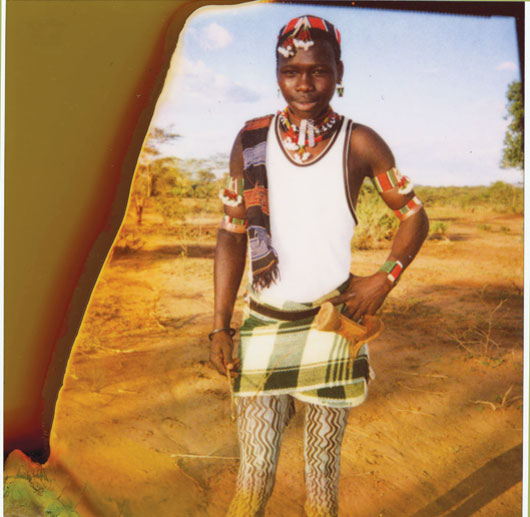
Swinging Addis: A Polaroid Pictorial from Ethiopia
Late last year, New York photographer and filmmaker Olivia Wyatt traveled to Ethiopia to document […]

Late last year, New York photographer and filmmaker Olivia Wyatt traveled to Ethiopia to document the music of 13 different tribes for an upcoming film planned for distribution by Sublime Frequencies. Along with tons of videotape, Wyatt also took along a Polaroid camera. What follows are some of the many experiences she captured on instant film. After checking out the photos, make sure to also peep some exclusive footage from Olivia’s upcoming feature film on music in Ethiopia.
There were at least 100 camels in this field (top right) and all of them are owned by two Afar men. At night, the men sleep with their AK-47s on the ground just beyond the fence to protect their camels.
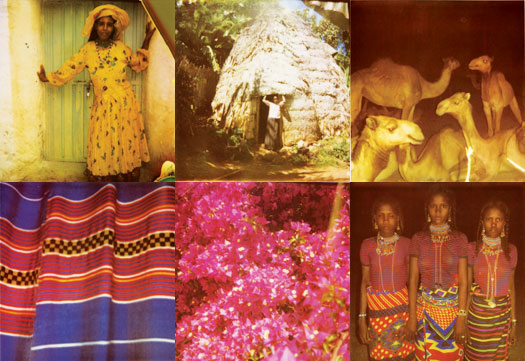
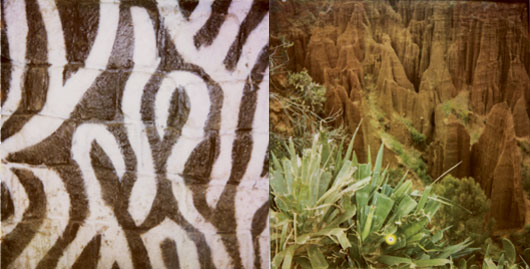
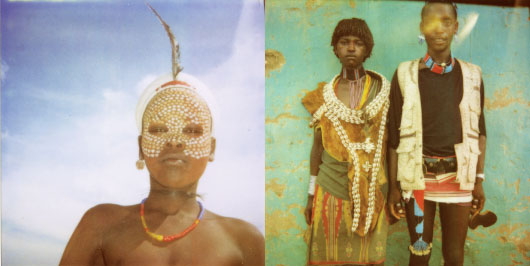
Body paint is common among tribes in the south Omo Valley region of Ethiopia, and more common among men. Some men place white paint on their legs and draw wavy lines, others mimic the patterns of animals on their body. The paint is made with white chalk, yellow mineral rock, iron ore, charcoal, and saliva.
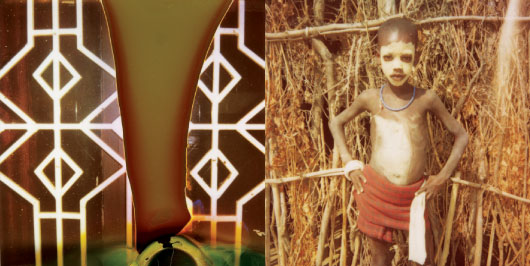
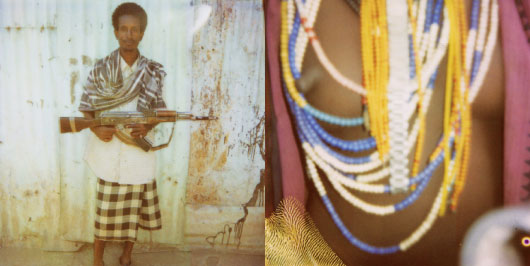
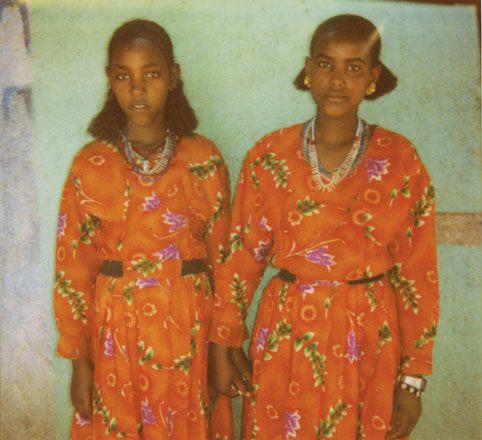
Young Hamer girls’ bracelets serve as both baubles and musical instruments. Scars are extremely important in their culture; they denote strength and sacrifice. During a Hamer bull-jumping ceremony, where a man who is about to marry runs naked across a row of bulls, that same day unmarried female relatives of the jumper are whipped with sticks until their backs bleed, and the young women dance and sing in between.
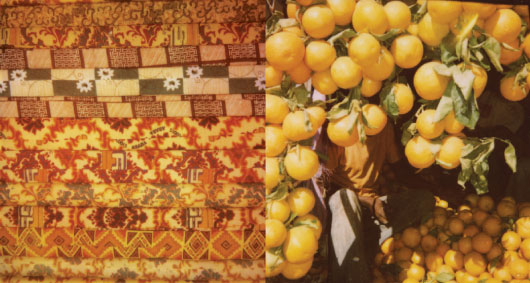
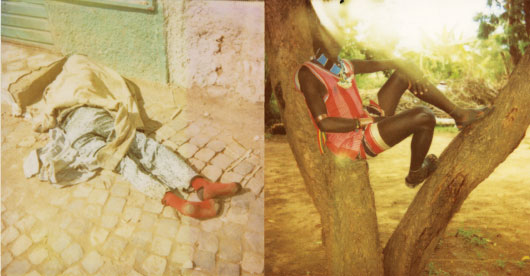
One night I took a mini-bus 12 hours north of Addis to witness a Zar spirit possession on a hyena-invested mountain. We left at 3 a.m. from Addis Ababa. On my bus there was a Muslim woman, a catholic priest, a six-year-old boy, and other adults. I fell asleep, but awoke at 4:30 am to police men with guns at my window. Directly behind them, a mini-bus was completely turned over and the police were angry that we were traveling illegally at night, so they took us all to a tiny jail in the mountains and we were told we had to stay there until sunrise. Everyone was staring at me; they would look in my direction and whisper and laugh, or some just stared, even the police. I decided to just go and talk to the police. I asked them questions about their life and told them what New York might be like at 4 a.m. and the next thing I know, they let us go. The entire bus was chanting “forenji, forenji, forenji!” [foreigner].
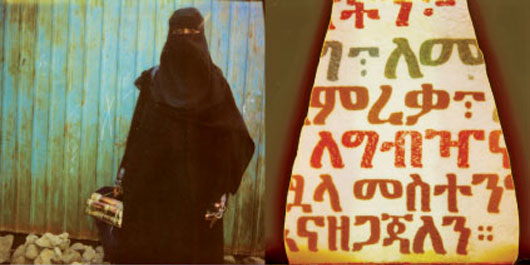
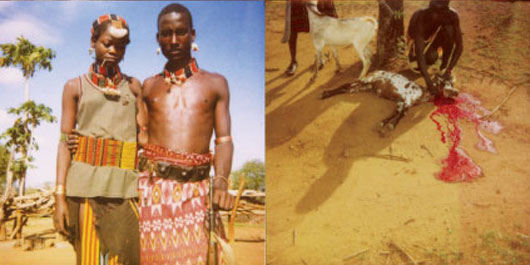
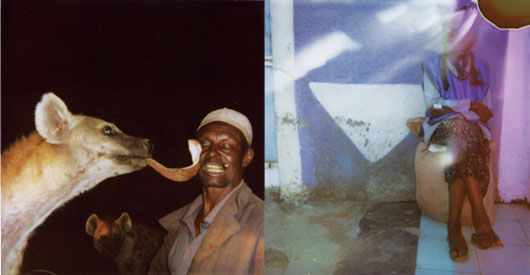
Hairstyles in Ethiopia are incredibly beautiful and unique. You can sometimes determine a tribe just based on hairstyle alone. Each time I visited a new tribe, women wanted to do my hair the way they style theirs. There were always 16 hands twisting it, braiding it, or putting coppery soil and butter on it. The men in the Hamer tribe shave portions of their head, and then use clay and paint to harden other parts, while leaving balls of hair untouched in the front and back.
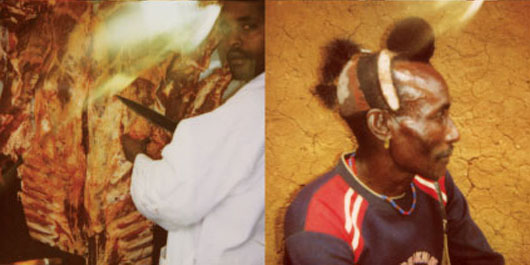
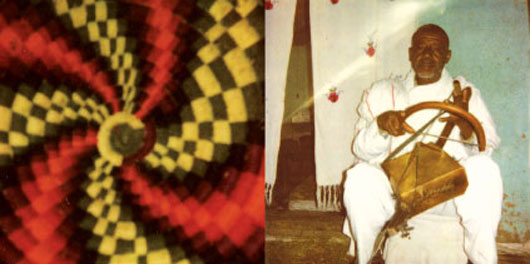
Hairstyles in Ethiopia are incredibly beautiful and unique. You can sometimes determine a tribe just based on hairstyle alone. Each time I visited a new tribe, women wanted to do my hair the way they style theirs. There were always 16 hands twisting it, braiding it, or putting coppery soil and butter on it. The men in the Hamer tribe shave portions of their head, and then use clay and paint to harden other parts, while leaving balls of hair untouched in the front and back.
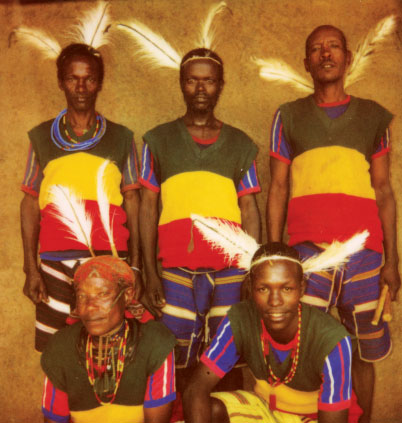
Check out some exclusive footage from Olivia’s upcoming feature film on music in Ethiopia.

